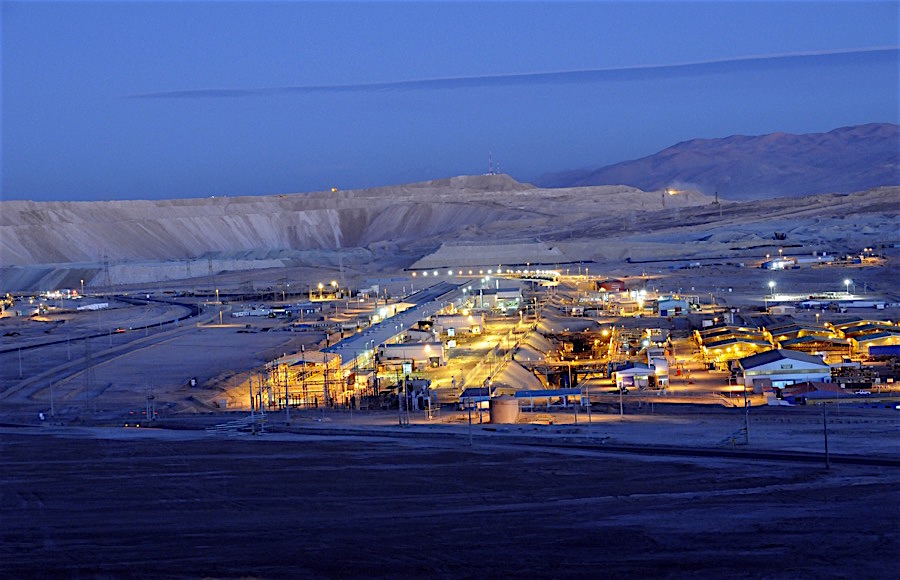
BHP said it believed the program, which became an independent body with a multi-stakeholder council in March this year, will help to hold the copper industry accountable in areas such as environment, community, human rights and governance issues.
The move comes as Australian miners face intense scrutiny over their heritage management strategies after Rio Tinto (ASX, LON, NYSE: RIO) destroyed two sacred and historically significant caves in Western Australia in May to expand an iron ore mine.
The pledge also adds to BHP’s revamped environmental goals, announced in September, which included cutting operational emissions by 30% by 2030 from 2020 levels.
“Future-facing” metal
BHP has spent the past four years actively looking for new copper projects as analysts anticipate a supply crunch of the metal, used in construction, renewable energy and electric vehicles (EVs).
The mining giant became last year the top shareholder in Australian miner SolGold (LON:SOLG) (TSX:SOLG), which is developing the Cascabel copper-gold project in Ecuador. The asset has the potential to become one of the largest copper-gold assets ever discovered, with an estimated productive mine-life of 55 years.
It also kicked off a $2.5 billion expansion of its Spence copper mine in Chile, BHP’s second largest copper mine after Escondida, which is the world’s biggest.
Escondida and Spence in Chile, and Olympic Dam in Australia, will be the ones initially undergoing an assessment under the Copper Mark framework.
The two Chilean mines and BHP’s Olympic Dam in Australia will be the ones undergoing the assessment.
These assets made up about 1.5 million tonnes of copper production in FY20, the company said.
Chief executive Mike Henry reinforced in February the company’s commitment to copper, which he qualified as a much-needed “future-facing” metals.
Chairman Ken Mackenzie said a month later that the miner was in a strong position to make acquisitions if there were opportunities available because of the pandemic.
“I’m not sure if there will be any opportunities that will come from this, but if there are, we are actually in a position to act,” Mackenzie said.
According to the latest report by International Copper Study Group (ICSG), global mine production fell 1% during the first half of the year. The market deficit hit 235,000 tonnes in the period.
Prices for the industrial metal, also used in the making of electric vehicles (EVs), have surged 56% from a March low and analysts believe they will likely stay around the recent highs for the rest of 2020.




